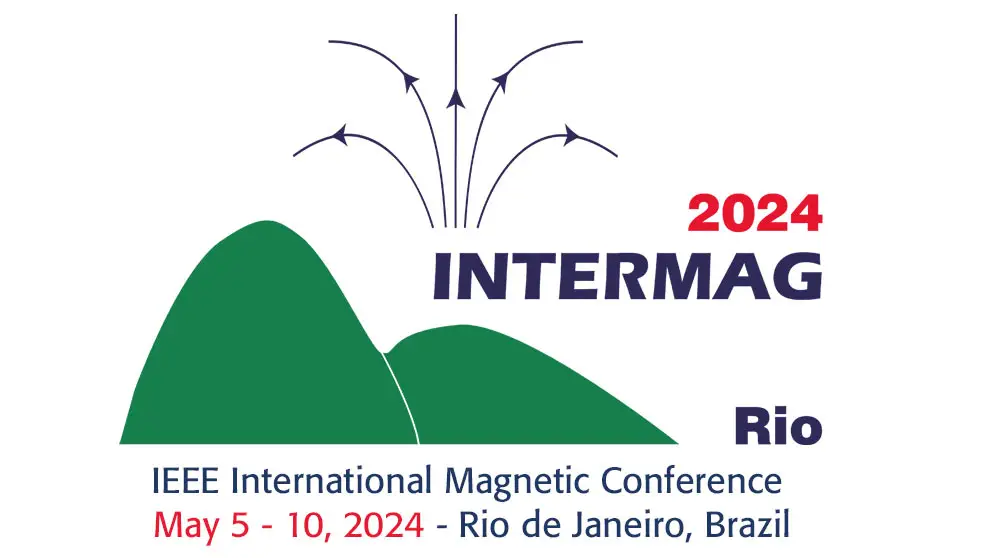FQ-12: Maximizing the Output Power of Magnetically Geared Generator in Low-Speed Applications Using Analytical Method and Particle Swarm Optimization
Manh-Dung Nguyen, Sumin Kim, Hyoseob Shin, Kyung-Hun Shin, Anh-Tuan Phung, and Jang-Young Choi
Poster In-Person
17 Oct 2023
The electrical machine industry faces a challenge in addressing high-torque, low-speed applications, with the two existing approaches presenting drawbacks. The first approach combines physical gear with a small-pole machine. In contrast, the second approach uses a large pole number machine, leading to a complicated winding organization and a higher manufacturing cost. To overcome these challenges, magnetically geared machines (MGMs) have gained popularity by integrating permanent magnet synchronous machines (PMSMs) and magnetic gears (MGs) into one structure. MGMs offer several advantages over traditional mechanical gear systems, including improved efficiency, reliability, reduced noise and vibration, and reduced wear and maintenance requirements [1-2]. The finite element method (FEM) is widely recognized as a reliable solution for electrical machine analysis but has a significant running time in calculating electromagnetic problems. The analytical method, on the other hand, offers faster computation times and results that agree well with FEM simulations, making it a promising solution for MGM design and optimization [3]. This approach is favored in the preliminary design process, as it saves time and improves performance. In this paper, the authors present a fully analytical approach obtained by solving differential equations, then integrated into a MATLAB program to derive a maximum output power using particle swarm optimization. The results are compared with FEM simulations to demonstrate the superiority of the proposed method. Fig.1(a) shows a simplified model employing the analytical method and optimization variables definition. Fig.1 (b-c) presents a fluctuation of variables and objective function respectively. Fig.2 compares an optimal model with the initial model in terms of structure, efficiency, and output power.References: 1. Qingsong Wang, Xing Zhao, and Shuangxia Niu, “Flux-Modulated Permanent Magnet Machines: Challenges and Opportunities” World Electr. Veh. J. 12, 13, Jan. 2021. 2. L. L. Wang, J. X. Shen, P. C. K. Luk, W. Z. Fei, C. F. Wang, and H., “Development of a Magnetic-Geared Permanent-Magnet Brushless Motor” IEEE Trans. Magn., vol. 45, no. 10, Oct. 2009. 3. L. J. Wu, Z. Q. Zhu, D. Staton, M. Popescu, and D. Hawkins, "An Improved Subdomain Model for Predicting Magnetic Field of Surface-Mounted Permanent Magnet Machines Accounting for Tooth-Tips," IEEE Trans. Magn, vol. 47, no. 6, pp. 1693-1704, June 2011.


